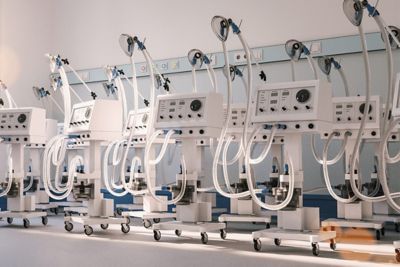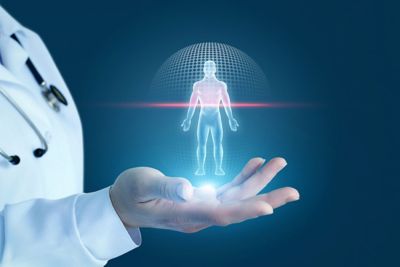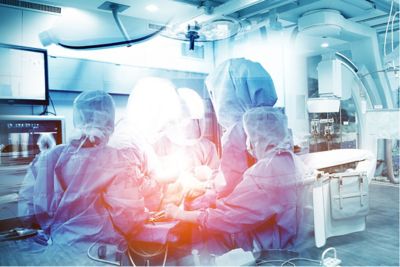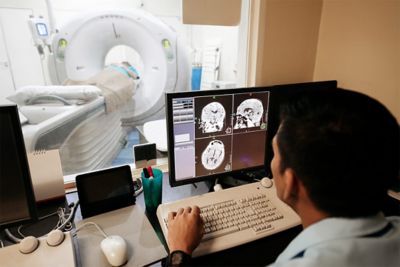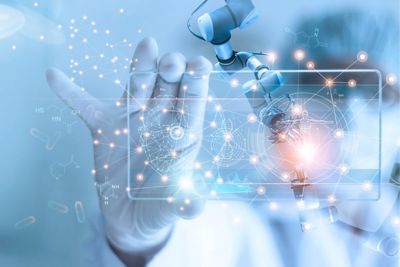Applications
All manner of medical devices – including class I, II & III medical devices, implantables, wearables, medical supplies and hospital equipment – benefit from simulation. From ideation to post-market adjustments, simulation drives better development and higher performance.
Medical uses for simulation are as diverse as medical specialties. Companies are embracing in silico methods for everything from cardiovascular stents and pacemakers to custom 3D-printed orthopedic implants to smart wearables like insulin pumps.












